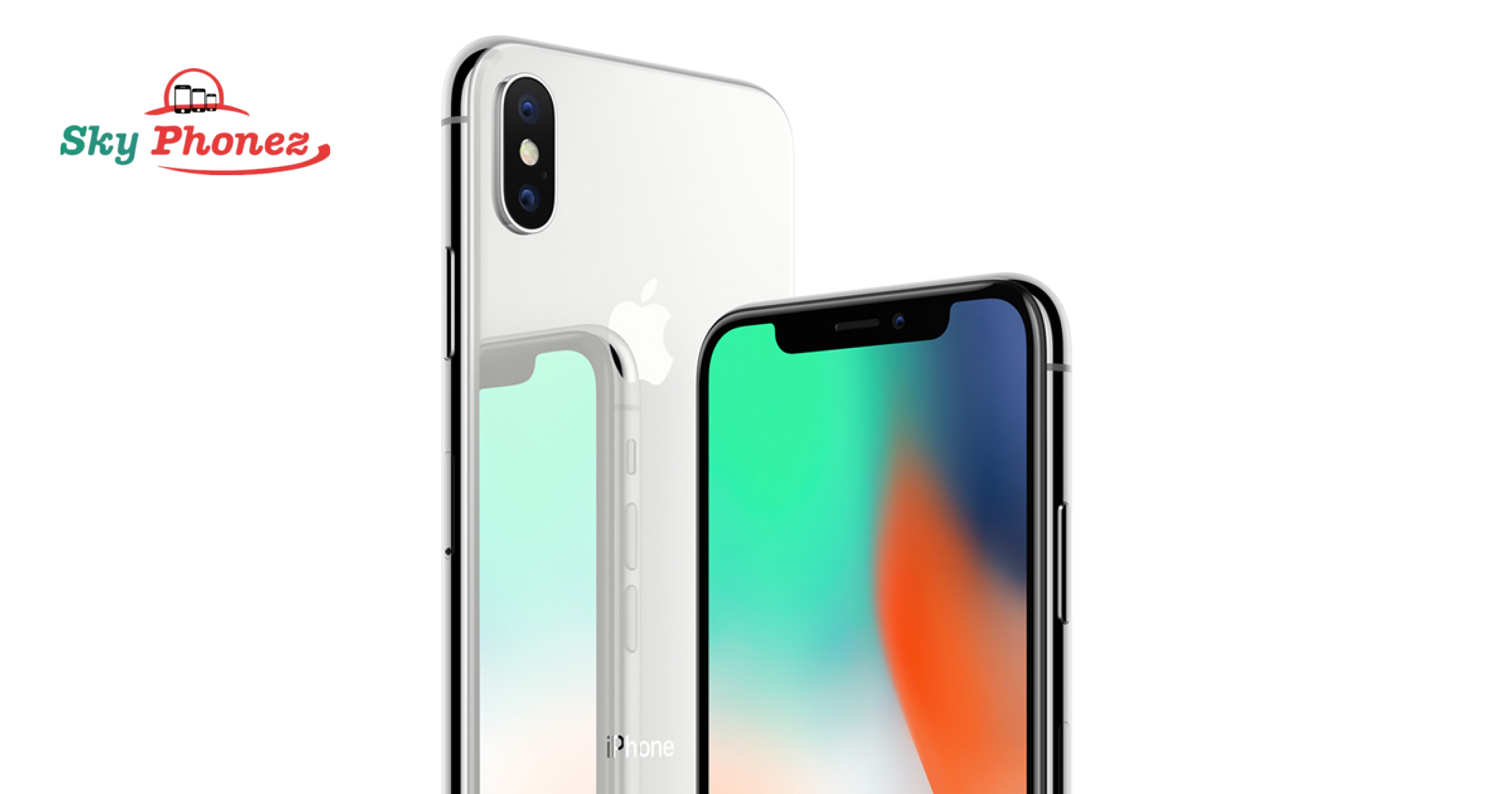Introduction
The iPhone 10 (also known as iPhone X) marked a major shift for Apple, both in design and performance. Introduced as the device commemorating the iPhone’s 10th anniversary, it brought new features that resonated with users worldwide. One of its standout highlights was the camera system, praised for its impressive capabilities at the time. This review dives into how well the iPhone 10 camera holds up today, its strengths, and its potential as a photography tool in 2024.
Camera Specifications Overview
The iPhone 10 featured a dual 12 MP rear camera setup, with one wide-angle lens (f/1.8 aperture) and one telephoto lens (f/2.4 aperture). This combination allowed users to switch between standard and zoom shots effortlessly. Both lenses were equipped with optical image stabilization (OIS), enhancing stability and clarity, even when hands were shaky. Apple’s integration of advanced software, such as HDR, ensured images were well-balanced with vibrant colors.
Key specifications at a glance:
- Main camera: 12 MP wide (f/1.8)
- Telephoto camera: 12 MP (f/2.4)
- Optical Zoom: 2x
- Digital Zoom: Up to 10x
- Image stabilization: Optical for both lenses
- Video recording: Up to 4K at 60fps
Daylight Photography Performance
In well-lit conditions, the iPhone 10 camera continues to produce remarkable results. Images captured during the day are vivid, detailed, and true to life. The dynamic range, supported by Apple’s Smart HDR, ensures that bright skies and shadowy areas in photos come out balanced. Colors appear natural without being overly saturated, making landscape photography a pleasant experience.
While newer models have enhanced processing power and more advanced sensors, the iPhone 10 holds its own with respectable clarity and sharpness. Photos taken in daylight often need minimal post-editing due to their quality straight out of the camera.
Low-Light Photography Insights
Low-light performance has been a challenge for smartphone cameras, especially during the iPhone 10‘s release. While it may not match up to today’s dedicated Night Mode found in later models, the iPhone 10 does a fair job in dim conditions. The wide lens with f/1.8 aperture allows decent light intake, which reduces noise and improves clarity.
When using flash, the True Tone LED technology helps maintain a natural look. The images avoid the overexposed, washed-out effect seen in older devices. However, users should not expect the same level of detail or reduced noise as newer models like the iPhone 13 or 14.
Portrait Mode and Depth Control
Portrait Mode was a breakthrough feature when the iPhone 10 came out. It simulates the depth effect typically achieved with high-end DSLR cameras, creating a beautiful bokeh behind the subject. The telephoto lens helps achieve this look, and Apple’s software refines the edges to create a well-defined subject separation.
The results are solid in most cases. The depth control feature introduced in later updates improved the user’s ability to adjust the level of blur, enhancing portrait photography’s versatility. While newer iPhones have more refined AI and processing power, the iPhone 10 still delivers respectable portraits that look professional.
Video Recording Capabilities
The iPhone 10 was among the first smartphones to offer 4K video recording at 60fps, a feature that attracted vloggers and content creators at its launch. The optical image stabilization (OIS) in both lenses helps maintain smooth footage, even when recording while walking or moving. This was a significant advantage at the time and continues to be useful for casual and semi-professional videography today.
The audio recorded during videos is clear, with the built-in microphones providing good sound capture. Users can also record in 1080p HD at 240fps, allowing for high-quality slow-motion videos.
Front Camera Performance (Selfies and Video)
The 7 MP TrueDepth front camera brought the introduction of Face ID, but it also showcased Apple’s improvements in selfie photography. The front camera performs well under different lighting conditions, capturing sufficient detail and natural skin tones. It supports Portrait Mode, which enhances selfies with a pleasing background blur.
For video enthusiasts, the front camera records 1080p HD video at up to 30fps. While newer models provide higher resolution front cameras, the iPhone 10 is still a capable device for video calls and casual vlogging.
Key Software Enhancements
The iPhone 10’s camera benefits greatly from Apple’s software updates. While it lacks some of the newer AI-powered enhancements found in the iPhone 14 or 15, features like Smart HDR have kept it relevant. The software balances shadows and highlights effectively, producing balanced photos even in tricky lighting.
The user interface of the camera app is simple and user-friendly. Important settings like HDR and Live Photos are just a tap away, making quick adjustments easy during photo sessions.
User Experience and Practicality
Using the iPhone 10 camera is straightforward. The device’s lightweight and compact design ensure it is easy to carry and use for extended photo sessions. The camera app provides intuitive access to various modes, including Panorama, Square, and Time-Lapse. Quick access settings like toggling between wide and telephoto lenses help capture moments faster.
Despite its age, the camera performs well for social media-ready shots, simple photography projects, and everyday use. It is reliable, with images ready to share or print with minimal edits.
How It Holds Up Today
While newer iPhones have better hardware and more advanced computational photography, the iPhone 10 remains a viable option for photography enthusiasts who appreciate simplicity and effective performance. It is an attractive choice for those who do not need the highest-end features but still want a solid smartphone camera.
For those considering budget-friendly photography options, the iPhone 10 can still deliver reliable performance in 2024. It works well for casual photographers, students, or those seeking a secondary device for quick shots.
Conclusion
The iPhone 10 camera brought significant innovations during its launch, combining high-quality hardware and practical software features. While it may not compete with the latest flagship models, it holds up remarkably well for day-to-day photography and video recording. For buyers looking for a blend of simplicity and quality, the iPhone 10 remains a dependable choice.
When searching for a reliable and affordable iPhone 10, trusted retailers like Skyphonez au offer great deals that make upgrading or buying a secondary device easy and secure.




